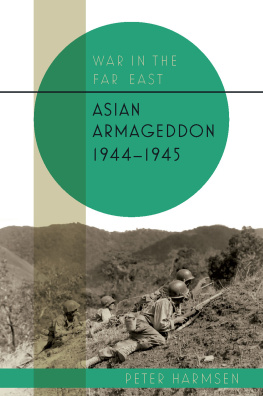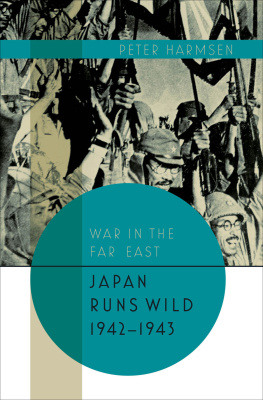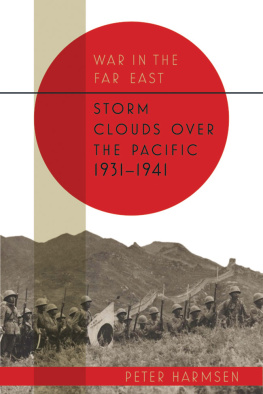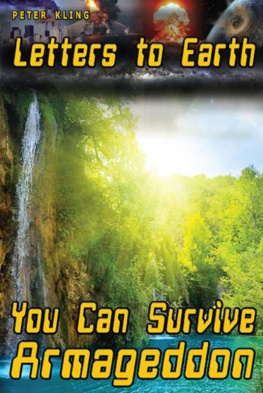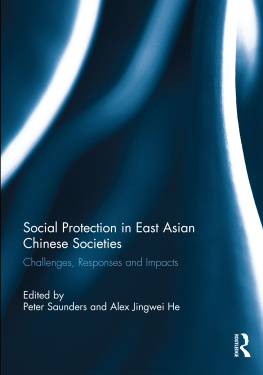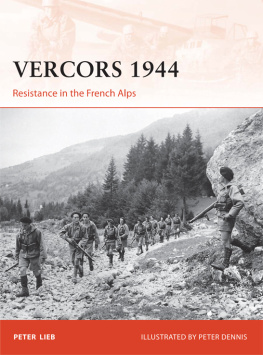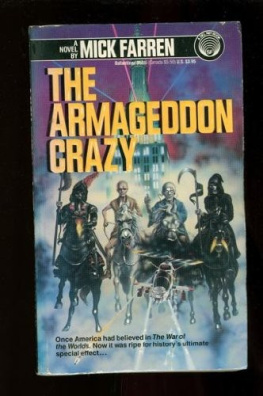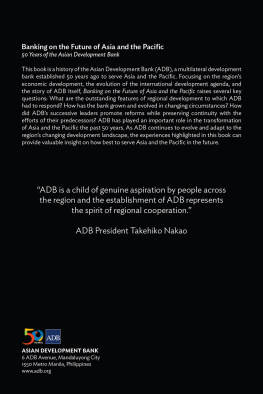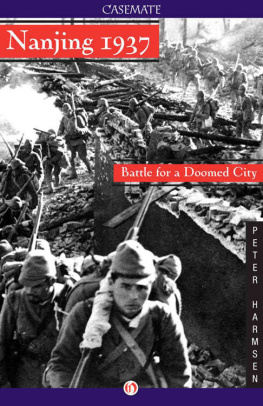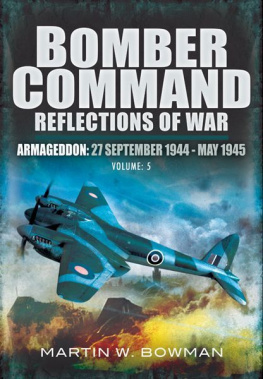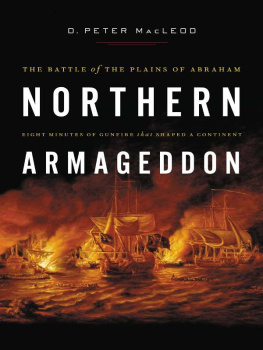Peter Harmsen - Asian Armageddon, 1944–45
Here you can read online Peter Harmsen - Asian Armageddon, 1944–45 full text of the book (entire story) in english for free. Download pdf and epub, get meaning, cover and reviews about this ebook. year: 2021, publisher: Casemate, genre: History. Description of the work, (preface) as well as reviews are available. Best literature library LitArk.com created for fans of good reading and offers a wide selection of genres:
Romance novel
Science fiction
Adventure
Detective
Science
History
Home and family
Prose
Art
Politics
Computer
Non-fiction
Religion
Business
Children
Humor
Choose a favorite category and find really read worthwhile books. Enjoy immersion in the world of imagination, feel the emotions of the characters or learn something new for yourself, make an fascinating discovery.
- Book:Asian Armageddon, 1944–45
- Author:
- Publisher:Casemate
- Genre:
- Year:2021
- Rating:5 / 5
- Favourites:Add to favourites
- Your mark:
- 100
- 1
- 2
- 3
- 4
- 5
Asian Armageddon, 1944–45: summary, description and annotation
We offer to read an annotation, description, summary or preface (depends on what the author of the book "Asian Armageddon, 1944–45" wrote himself). If you haven't found the necessary information about the book — write in the comments, we will try to find it.
Asian Armageddon, 1944–45 — read online for free the complete book (whole text) full work
Below is the text of the book, divided by pages. System saving the place of the last page read, allows you to conveniently read the book "Asian Armageddon, 1944–45" online for free, without having to search again every time where you left off. Put a bookmark, and you can go to the page where you finished reading at any time.
Font size:
Interval:
Bookmark:



Published in the United States of America and Great Britain in 2021 by
CASEMATE PUBLISHERS
1950 Lawrence Road, Havertown, PA 19083, USA
and
The Old Music Hall, 106108 Cowley Road, Oxford OX4 1JE, UK
Copyright 2021 Peter Harmsen
Hardcover Edition: ISBN 978-1-61200-627-7
Digital Edition: ISBN 978-1-61200-628-4
A CIP record for this book is available from the British Library
All rights reserved. No part of this book may be reproduced or transmitted in any form or by any means, electronic or mechanical including photocopying, recording or by any information storage and retrieval system, without permission from the publisher in writing.
Printed and bound in United States by Sheridan
For a complete list of Casemate titles, please contact:
CASEMATE PUBLISHERS (US)
Telephone (610) 853-9131
Fax (610) 853-9146
Email:
www.casematepublishers.com
CASEMATE PUBLISHERS (UK)
Telephone (01865) 241249
Email:
www.casematepublishers.co.uk
Contents
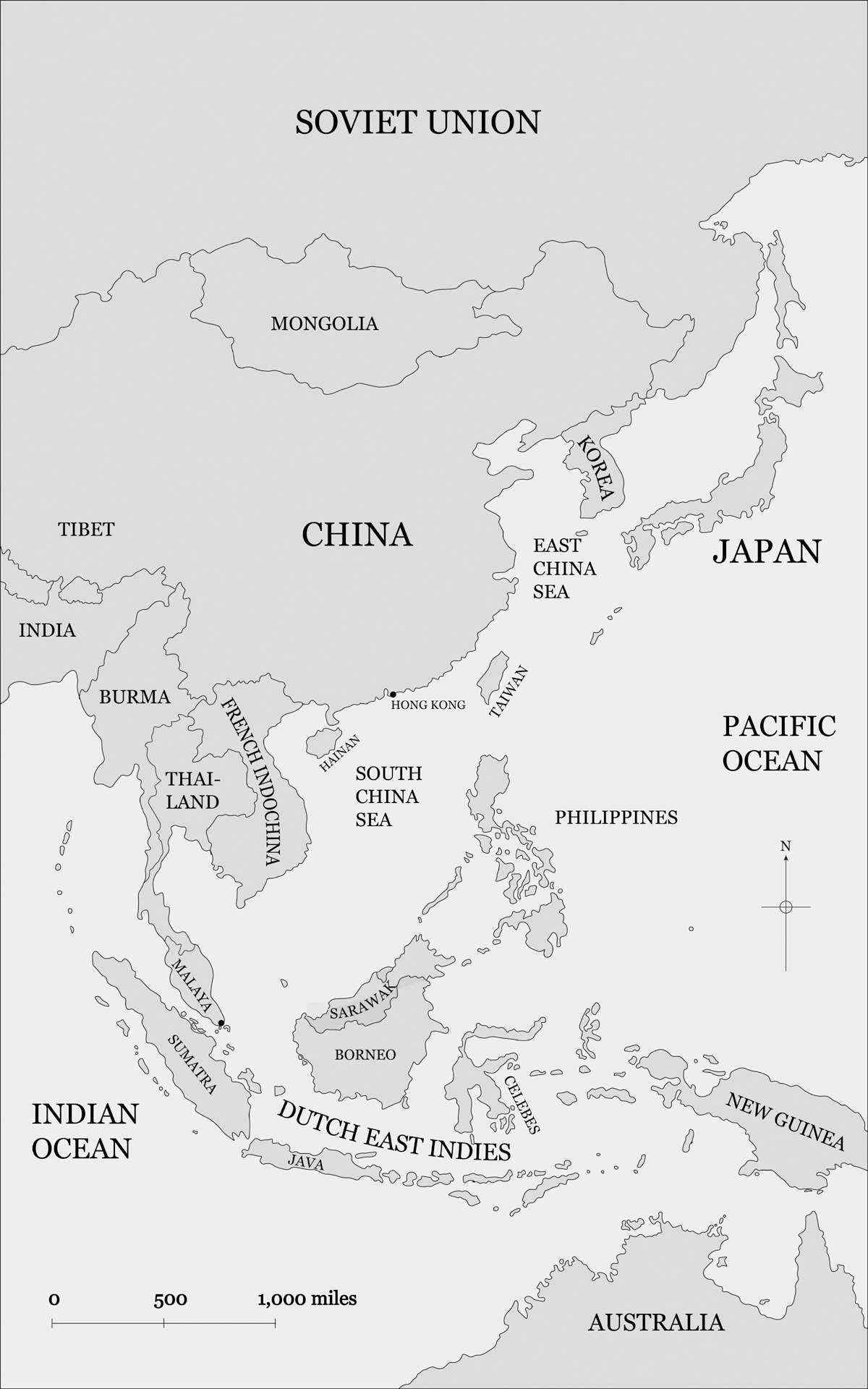
Asia Pacific in 1944.
Preface
World War II in the Asia Pacific created the modern world. While the war in Europe resulted in the ascendancy of the Soviet Union and set the stage for the Cold War, which lasted until almost the end of the 20th century, the defining event of the 21st century is arguably the emergence of a Chinese superpower, which ultimately resulted from the power constellation in Asia at the end of hostilities in 1945. Why Asia looks the way it does is impossible to fully appreciate without understanding its history during the war in the Asia Pacific. Whereas the first two volumes of the trilogy War in the Far East dealt with the origins and first years of that epic conflict, this volume segues into the post-war period, describing events that in some cases reverberate to this day.
That being said, the last chapter of this book is not meant as a comprehensive history of post-war Asia. That would require a whole new series of books. Instead, it is to be seen as a brief overview of how the region presented itself to the survivors of the war during the first months of peace. Writing the word in quotation marks is not an exaggeration. For many of the societies in the Asia Pacific, there was more turmoil and more violence. History went on. By the same token, history continues in our modern world, and it colors the lenses through which we view the past. The current volume would have been written in a different way if it had appeared twenty years ago. Probably, China would have taken up less space. In this sense, history, as an academic discipline, is also in constant change.
A note on the rendering of Asian names: both for Japanese and Chinese individuals, the practice of the region is followed, and the surname is placed before the given name. For Chinese names, the modern pinyin rendering has been used, as it is now almost universally accepted. There are very few exceptions in this book, most importantly the name of the Nationalist Chinese leader at the time, who is still widely known as Chiang Kai-shek. On a somewhat different note, no attempt has been made to alter contemporary quotes using derogatory terms such as Japs or Nips. While it is recognized that these terms are upsetting to a modern readership, it is necessary to keep them within their proper context, not only in the interest of historical accuracy, but also in order to better reflect the unique flavor of combat in the Pacific, characterized by the mutual hatred and contempt between the opposing forces, which, to some extent at least, set it apart from the war carried out at the same time in Western Europe. We do not learn from history by censoring it, but by confronting it squarely.
As was the case with the first two instalments of the trilogy War in the Far East, this volume would not have appeared in its present form but for the help of numerous individuals. Among these, I especially wish to thank the following: Chris McDougal, National Museum of the Pacific War; Janis Jorgensen, Naval Institute; Fred H. Allison and Yvette House at Oral History Section, USMC History Division; as well as staff at the Naval History and Heritage Command, National Naval Aviation Museum, and the Nunn Center for Oral History. Once again, a special thanks to my friend Jokull Gislason, who kindly read the manuscript and provided invaluable feedback. Thanks also to staff at Casemate, especially Ruth Sheppard, and to my hawk-eyed editor, Sophie MacCallum. Of course, any mistakes that may have slipped through to these pages are mine alone, just as I take sole responsibility for the interpretations that have guided my writing. Finally, and for the third time during work on this trilogy, thanks to my wife Hui-tsung and our two daughters, Lisa and Eva, for their patience.
CHAPTER ONE
Suicide Creek
JanuaryFebruary 1944
The first day of the year 1944 found the Marines at Cape Gloucester in the Southwest Pacific in a victorious mood. The beachhead held by members of the 1st Marine Division on the jungle-covered island of New Britain, northeast of Australia, had expanded rapidly since they had landed less than a week earlier. They had met almost no Japanese opposition and, helped by massive aerial and naval bombardment, they had carried out what one Marine described as the perfect amphibious operation.
With just a few hours to go before the old year ended, the division had achieved one of its main objectives, seizing an airfield constructed by the Japanese in the preceding months. The operation had proceeded with deceptive ease. I dont remember anybody being really shot at actually when we got to the airfield, said Lieutenant Colonel Robert B. Luckey, an artillery officer.
The truth was the Marines needed plenty more luck, as the battle for Cape Gloucester was only getting started. Hiding in the surrounding dense forest were thousands of Japanese, unconquered and waiting to kill the Americans. The Marines, too, were tormented by premonitions that this would be no walkover. Upon disembarking, machine gunner James W. Johnston had not taken many steps inland before he had come across a stack of dead American
Fierce as the combat was, for many Marines it was not even the worst part of Cape Gloucester. Nothing beat the rain. Indeed, they had been warned about it beforehand. We were told in advance it is considered to be the wettest spot on earth, said Major John P. Leonard, 1st Special Weapons Battalion. We were wet and mildewed and fungus, everything, all the time.
The Japanese struck back just before dawn on January 3. Throughout the night, Marines occupying Target Hill, a 450-foot height half a mile inland from the invasion beach, could hear the ominous sound of enemy soldiers in the dark in front of them. The Japanese were cutting steps into the slope leading to their

Cape Gloucester, January 1944.
When searching the area in front of their positions, the Marines discovered 40 dead Japanese, some of them lying in large, tangled heaps. In order to pacify the flank ahead of an attack on the ridge, the Marines had to secure a narrow creek a few hundred yards to the west. On the face of it, it did not seem much of an obstacle, as it was just two or three feet deep and nowhere wider than 20 feet. However, its banks were steep and, more importantly, waiting beyond was a deadly foe.
Next pageFont size:
Interval:
Bookmark:
Similar books «Asian Armageddon, 1944–45»
Look at similar books to Asian Armageddon, 1944–45. We have selected literature similar in name and meaning in the hope of providing readers with more options to find new, interesting, not yet read works.
Discussion, reviews of the book Asian Armageddon, 1944–45 and just readers' own opinions. Leave your comments, write what you think about the work, its meaning or the main characters. Specify what exactly you liked and what you didn't like, and why you think so.

